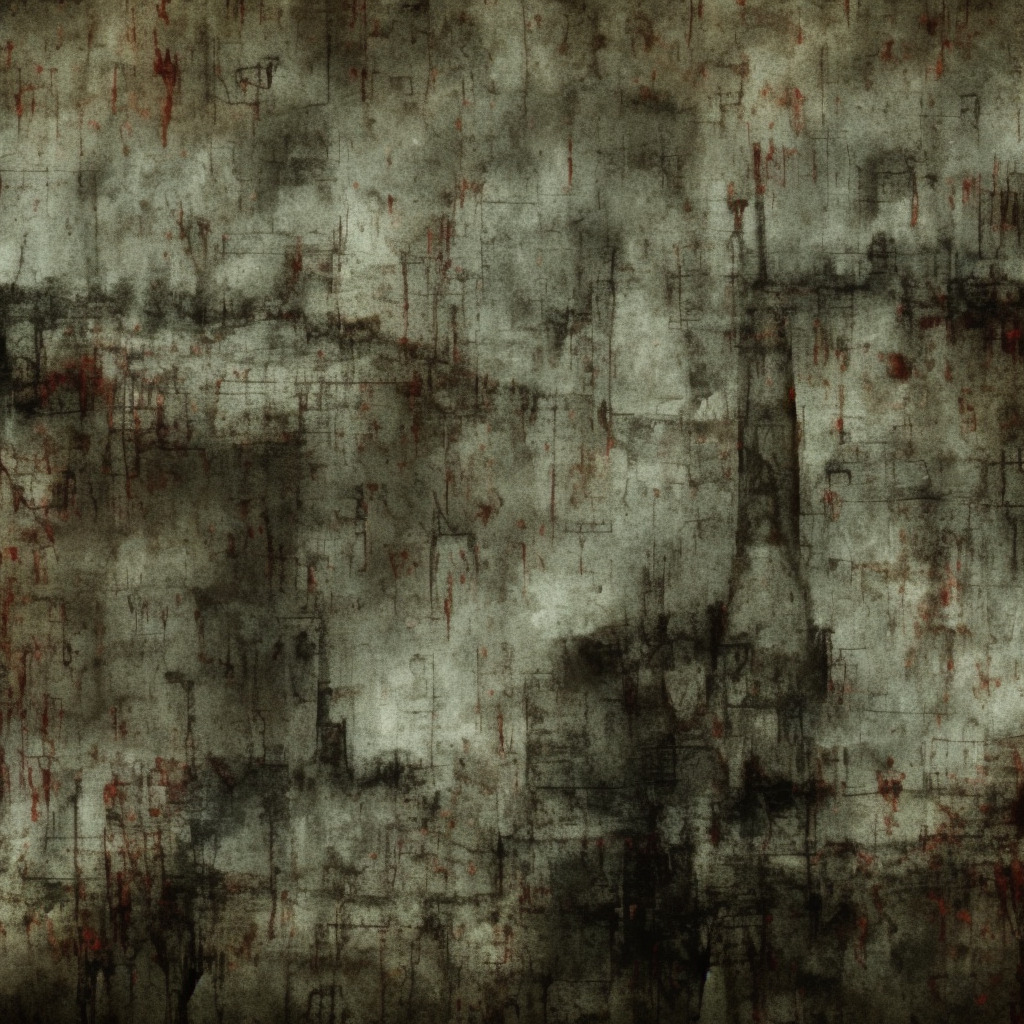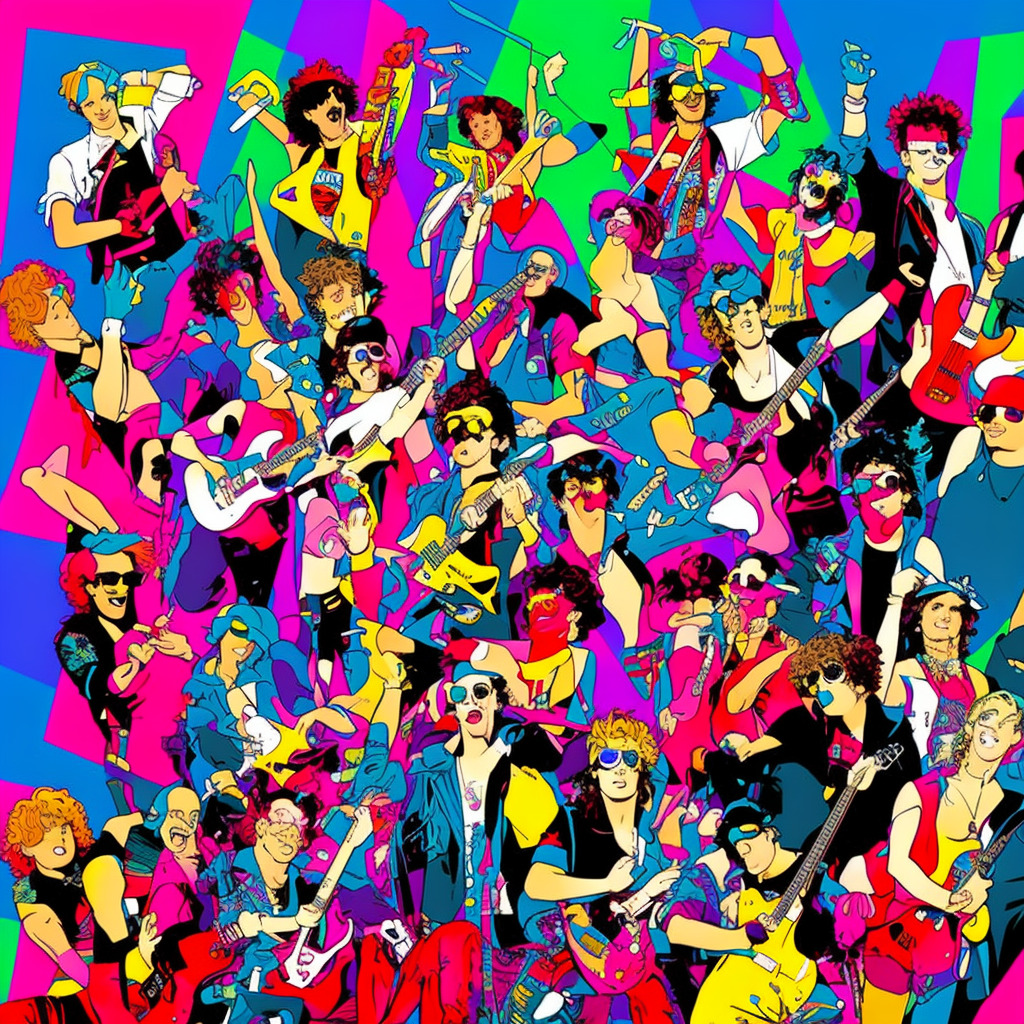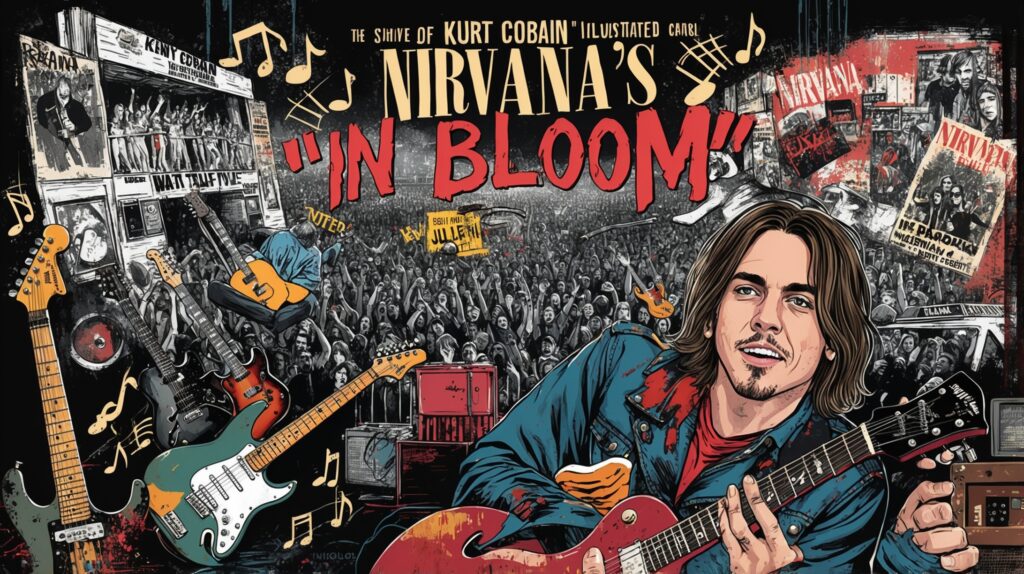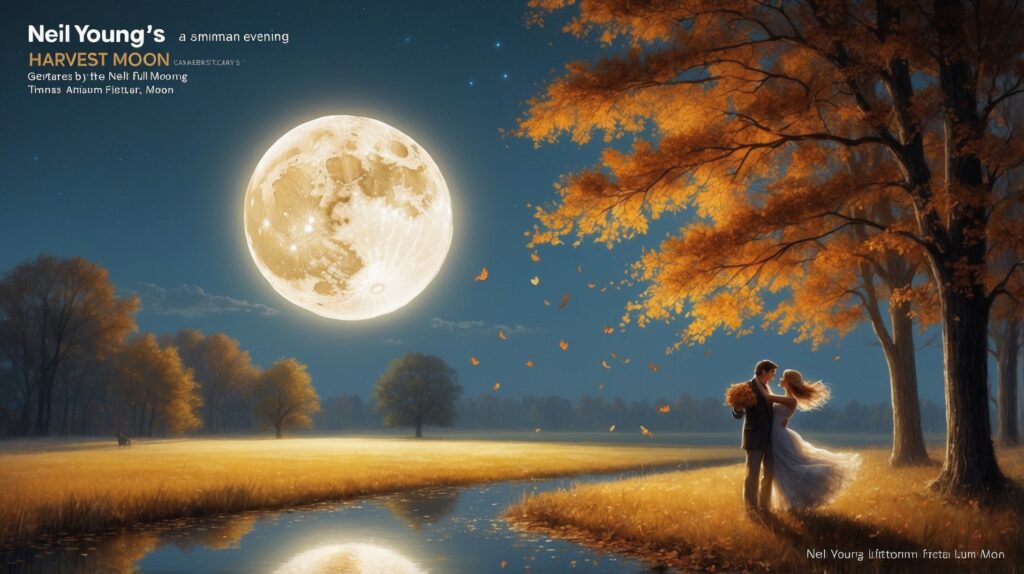🤘 Did you know? “Wish” by Nine Inch Nails snagged the ’92 #GRAMMY for Best Metal Performance! 🏆 @trent_reznor’s industrial mayhem still bangs today! 🔊 #NineInchNails #Wish #MusicTrivia #TBT Read about it: tinyurl.com/p2wfrbhs
Exploring the Intensity of Nine Inch Nails
Diving into Nine Inch Nails’ relentless pursuit of sonic innovation, “Wish” encapsulates their gritty intensity, as Trent Reznor and his collaborators constantly redefine the industrial rock landscape.

Nine Inch Nails, an American industrial rock band, has been pushing the boundaries of music since its formation in 1988. Founded by Trent Reznor, the sole official member of the band, Nine Inch Nails has continually evolved throughout its career, incorporating various musical styles and themes into its discography. Reznor’s ability to create complex, layered soundscapes remains unparalleled, and his proficiency with a wide range of instruments has made him a true force to be reckoned with in the music industry.
One song that stands out in Nine Inch Nails’ extensive catalog is “Wish,” released in 1992 on the “Broken” EP. As the second track on the release, “Wish” serves as a powerful introduction to the band’s signature sound, featuring aggressive guitars, bombastic drums, and Reznor’s intense vocals. The track showcases the energy, anger, and industrial elements that have come to define Nine Inch Nails over the years.
While Reznor is the creative force behind the band, he has collaborated with various musicians throughout Nine Inch Nails’ history. Past and present members include Atticus Ross, Robin Finck, Alessandro Cortini, Ilan Rubin, and Danny Lohner, among others. Each contributor has brought their own unique talents to the table, helping to shape the band’s ever-evolving sound.
As for criticism, some might argue that Nine Inch Nails’ reliance on a gritty, industrial aesthetic can grow repetitive over time. However, Reznor’s continuous experimentation and willingness to explore new territories has largely kept the band’s music fresh and engaging.
Nine Inch Nails has received numerous accolades and awards throughout its career, further solidifying the group’s reputation as a groundbreaking act. “Wish” in particular, won a GRAMMY Award for Best Metal Performance in 1993. Other notable achievements include Reznor’s induction into the Rock and Roll Hall of Fame in 2020 and the band’s two Academy Award wins for Best Original Score (for “The Social Network” in 2010 and “Soul” in 2020), in collaboration with Atticus Ross.
Overall, Nine Inch Nails remains a powerful presence in the music scene, with “Wish” serving as a shining example of the band’s groundbreaking sound and relentless drive to push the boundaries of what music can be.
Charting the Success of an Industrial Anthem
“Wish” by Nine Inch Nails: A genre-defying industrial rock anthem that conquered both charts and critics, securing its place in alternative music history.

Released on April 17, 1992, “Wish” by Nine Inch Nails quickly gained traction as an explosive and influential track in the industrial rock scene. The song was featured on the band’s second studio effort, the highly acclaimed EP “Broken.”
“Wish” managed to carve out a place for itself on the charts, reaching impressive positions for a song of its genre. The track debuted at number 25 on the Billboard Modern Rock Tracks chart in the United States. As the weeks progressed, “Wish” climbed the charts and reached its peak position at number 9, proving that this industrial rock anthem had enough force to make a significant impact. The song maintained its position within the Top 40 for a total of 7 weeks, highlighting its sustained appeal among listeners.
The track’s chart performance was accompanied by critical acclaim, as “Wish” went on to secure the Grammy Award for Best Metal Performance in 1993 – a notable achievement for a band that mainly operated within the industrial genre. This award served as a testament to the song’s powerful and genre-defying nature.
In addition to its domestic success, “Wish” also made its mark on international charts. The song reached number 68 on the UK Singles Chart, demonstrating the global resonance of Nine Inch Nails’ signature sound.
Over the years, “Wish” has continued to be celebrated for its raw energy and innovative approach to the industrial rock genre. Its chart performance and various accolades stand as proof of the song’s significance within the broader landscape of alternative music.
Dissecting the Intensity of “Wish” Lyrics
This is the first day of my last days
Built in and throw away
What do you think you’d ever say?
I won’t listen anyway
You don’t know me, and I’ll never be what you want me to be
And I don’t give a damn about my bad reputation
Oh no, not me
Wish there was something real
Wish there was something true
Wish there was something real in this world full of you
Diving deep into the lyrics of “Wish” by Nine Inch Nails, you’ll immediately notice the raw emotion and intensity packed into each line. Written in 1992, the lyrics reflect the angst, cynicism, and frustration felt by many during the early 90s — a time marked by an economic recession, a rapidly changing music industry, and the rise of alternative subcultures.
The opening line, “This is the first day of my last days,” sets the tone for the rest of the song, suggesting feelings of disillusionment and the search for identity in a world that seems to be crumbling. In a time when people were struggling to make sense of the world around them, the lyrics capture the essence of the 90s counterculture movement.
As the song progresses, it becomes clear that the protagonist is rejecting the expectations placed upon them by society. The lines, “You don’t know me, and I’ll never be what you want me to be,” express a strong sense of individualism and a refusal to conform to societal norms. This sentiment was shared by many during the early 90s who sought solace in alternative music and subcultures, as they provided an escape from the homogenized mainstream culture.
The chorus of “Wish” sees the protagonist yearning for something genuine and real amid the superficiality of the world. The lines “Wish there was something real / Wish there was something true / Wish there was something real in this world full of you” highlight the struggle to find authenticity in a world that often feels fake and contrived. This desire for authenticity resonated with the generation that grew up during the 90s, as they were bombarded with conflicting messages and images from the media, the government, and institutions they could no longer trust.
In conclusion, the lyrics of “Wish” are a powerful reflection of the spirit and events of the early 90s. Nine Inch Nails managed to capture the raw emotion, frustration, and desire for authenticity that defined the era, making it an anthem for those who sought to break free from the constraints of mainstream society.
Unraveling the Visual Chaos: “Wish” Music Video
Unleashing raw power: Nine Inch Nails’ “Wish” music video masterfully captures the band’s industrial sound through chaotic, gritty visuals, under the innovative direction of Peter Christopherson.
The music video for Nine Inch Nails’ 1992 hit “Wish” is a phenomenal visualization that matches the raw, industrial sound of the track itself. Directed by the renowned Peter Christopherson, who had previously worked with bands such as Ministry and Coil, the video presents an aggressive, chaotic atmosphere that mirrors the song’s intensity. Known for his innovative approach to music videos, Christopherson managed to create a visual representation of “Wish” that appealed to both fans and critics alike, leading to a Grammy Award nomination for Best Metal Performance in 1993.
The “Wish” music video is a combination of live performance footage and an abstract narrative, which takes place in a dystopian, industrial setting. The video was filmed in an old warehouse, giving the scenes a gritty, authentic atmosphere. The band members, Trent Reznor, Richard Patrick, and Chris Vrenna, are seen performing the song amid a cage-like structure, surrounded by an unruly crowd of aggressive fans. This chaotic environment is a perfect complement to the song’s themes of anger and despair, and the performance is often regarded as one of the band’s most energetic and powerful.
The production details of the “Wish” music video further contribute to its unique, captivating aesthetic. The video features rapid cuts, shaky camera movements, and intense lighting, which serve to heighten the overall sense of chaos and aggression. Additionally, the use of black and white film, as opposed to color, lends a stark, raw quality to the visuals that aligns with the song’s industrial sound. The video’s budget has not been disclosed, but the minimalist setting and clever use of resources suggest that it was likely produced on a relatively small budget.
In the years since its release, the “Wish” music video has continued to resonate with fans and has inspired numerous tributes, fan-made videos, and YouTube covers. As one of the defining videos of Nine Inch Nails’ early career, it remains a testament to the band’s ability to create gripping, visually compelling accompaniments to their music.
Overall, the “Wish” music video is an unforgettable work of art that brilliantly showcases Nine Inch Nails’ aggressive, industrial sound through its chaotic visuals and relentless energy. Directed by the innovative Peter Christopherson, the video demonstrates how a thoughtful and well-executed concept can enhance a song’s impact, making it a lasting favorite among fans and critics alike.
The Mastermind Behind “Wish”: Trent Reznor
Trent Reznor, the creative force behind Nine Inch Nails, is not only the composer of the powerful and aggressive song “Wish,” but has also composed a plethora of notable tracks throughout his illustrious career. Reznor’s genius shines through on tracks such as “Head Like a Hole,” “Closer,” “Hurt,” and the hauntingly beautiful “Something I Can Never Have.” Known for his relentless experimentation and rich sonic landscapes, Reznor has also dabbled in film scoring, earning accolades for his work on David Fincher’s “The Social Network” and “Gone Girl,” as well as the critically acclaimed “Watchmen” HBO series. With a career spanning over three decades, Trent Reznor’s contributions to both the industrial rock genre and the world of music, in general, are truly undeniable.
Awards, Accolades and Beyond
“Wish”: Nine Inch Nails’ genre-defying, Grammy-winning powerhouse, resonating through decades and transcending media boundaries.
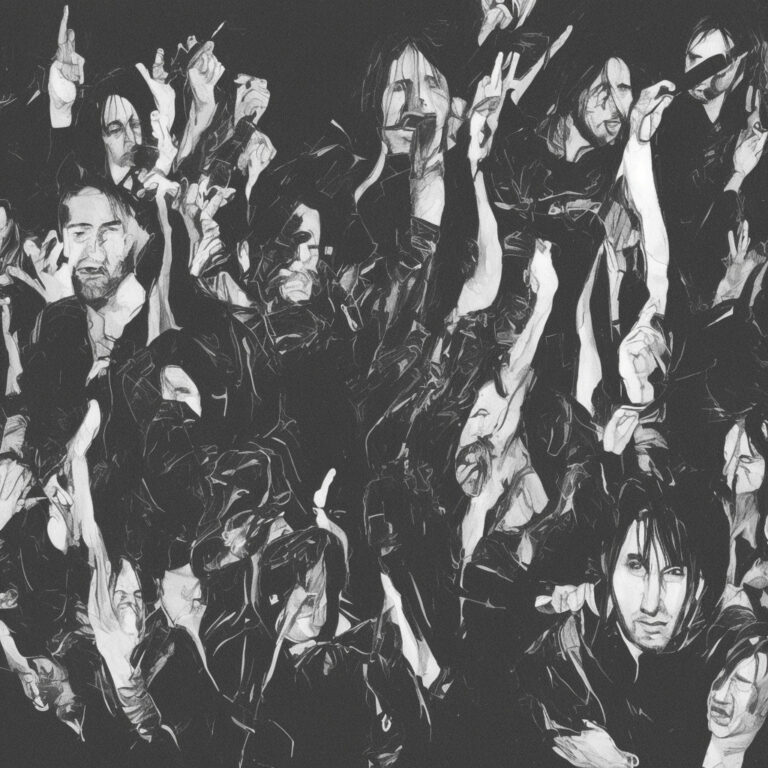
Wish, an aggressive and powerful track from Nine Inch Nails’ 1992 EP “Broken”, has accumulated significant recognition and accomplishments over the years. One of the foremost achievements includes the song winning the Grammy Award for Best Metal Performance in 1993. The win came as quite a surprise since Nine Inch Nails had been up against well-established metal acts such as Megadeth and Metallica. To this day, NIN remains one of the few industrial rock bands to have ever won in this category.
The song’s impact goes beyond the music world as it has made its presence felt across various forms of media. Wish’s raw and gritty sound complemented the dark and violent atmosphere of several video games, such as “Motorstorm: Apocalypse” and “Quake Champions”, where its pulsating beats and adrenaline-pumping riffs added an extra layer of intensity to the gaming experience.
The song has also found its way onto the small screen, with the “Wish” music video being directed by none other than Peter Christopherson, a member of the influential industrial band Coil. Christopherson’s visually stunning and chaotic visual representation of the song earned it a nomination for Best Art Direction at the 1993 MTV Video Music Awards.
Over time, Wish has become a beloved track for fans and musicians alike, inspiring various artists to cover the song. Notable covers include the alternative rock band Linkin Park, who performed Wish as a tribute to Nine Inch Nails during their 2004 Projekt Revolution tour. Another intriguing rendition is the orchestral cover produced by Vitamin String Quartet, transforming the aggressive industrial rock song into a haunting and mesmerizing tale told through violins, violas, and cellos.
Clearly, the legacy of “Wish” as a groundbreaking and genre-defying track continues to hold strong even after almost three decades since its release. In various forms and across multiple platforms, its influence endures and solidifies the song’s standing as a staple in Nine Inch Nails’ extensive discography.
Breaking Down the Musical Structure
Diving into the musical structure of “Wish,” we can first identify the key in which the song is written. The track is composed in the key of D minor, giving it a dark and intense tonality that resonates with its aggressive and industrial sound.
The song kicks off with a powerful drum beat that sets the driving tempo at approximately 131 beats per minute (BPM). The gritty and distorted guitar riff, which is built around palm-muted power chords, further adds to the aggressive nature of the song. The chord progression throughout the verses follows a simple pattern: D5 – C5 – G5 – A5, maintaining a sense of tension and urgency.
In the chorus, the chords shift to F5 – C5 – G5 – A5, providing a slight melodic contrast to the verses. The guitar and bass work together to create a thick, heavy texture that complements the pounding drum beats and Trent Reznor’s raw, emotive vocals.
One noteworthy aspect of “Wish” is the use of syncopation, which can be heard in both the drums and guitar parts. Syncopation involves emphasizing the off-beats or weaker beats in a rhythm, creating an unorthodox and unpredictable feel. This technique is particularly effective in conveying the song’s sense of chaos and intensity.
The song also incorporates various electronic elements, such as the use of synthesizers and samples, which are integral to Nine Inch Nails’ industrial sound. These elements are expertly woven into the mix, without overshadowing the song’s powerful guitar-driven core.
Throughout the track, Reznor employs a range of dynamic changes, which play a crucial role in maintaining the listener’s engagement. The verses are characterized by a subdued intensity, with Reznor’s vocals delivered in a restrained, almost whispered manner. However, as the chorus kicks in, the energy levels soar as Reznor’s vocals become more forceful, and the instrumentation reaches a frenetic peak.
In summary, “Wish” showcases Nine Inch Nails’ mastery of blending various musical elements to create a powerful, intense, and thoroughly captivating listening experience. The song’s intricate structure, featuring driving rhythms, dynamic changes, and a blend of electronic and traditional instrumentation, contributes to its enduring appeal and lasting impact on the industrial rock genre.

